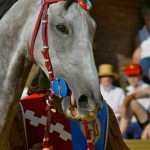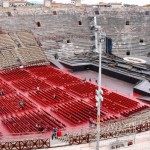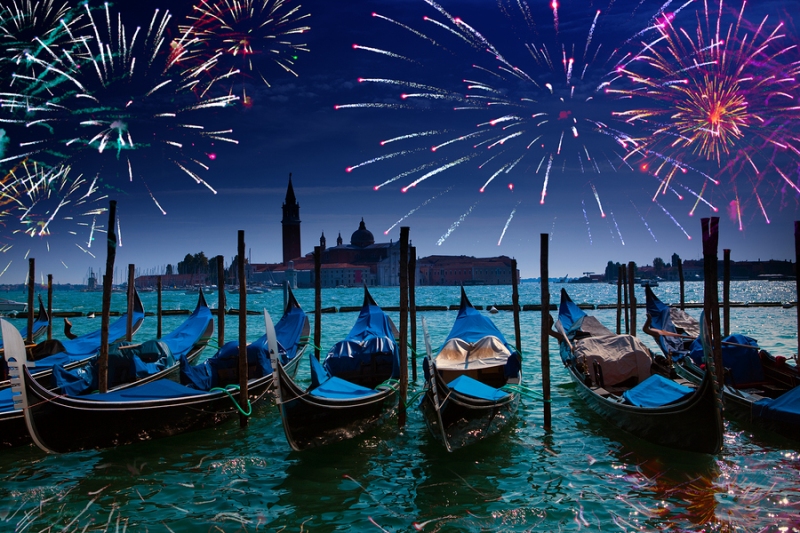
What better way to spend summertime than to get sun-kissed in balmy Italy and to immerse yourself in the warmth of the Mediterranean? Italy is a great country not only for visiting museums, ancient ruins, as well as to eat great Italian summer food, it is also known for its summer traditions and events that are truly worth seeing. Here are some of them:
Festa del Redentore – The beautiful northeastern Italian city of Venice hosts the Festa del Redentore (Feast of the Redeemer) every third Sunday of July. Originally a thanksgiving feast held to celebrate the end of a plague in 1576, the Festa del Redentore features the sailing of hundreds of boats into the Bacino di San Marco (Saint Mark’s Basin). Thousands of people also set up tables along the basin’s edge to dine and wait for the start of a grand fireworks display, which is launched from the Island of San Giorgio. The pyrotechnic show can last for as long as an hour.
Calcio Fiorentino – The calcio fiorentino (Florentine football) is a historic football game that is believed to have originated in the Piazza Santa Croce in Florence during the 1500s. Although it diminished in popularity in the centuries afterwards, it has been revived and is today played again in the piazza every third week of June. The men play shirtless and wear colorful shorts in the style of those worn during the Middle Ages.
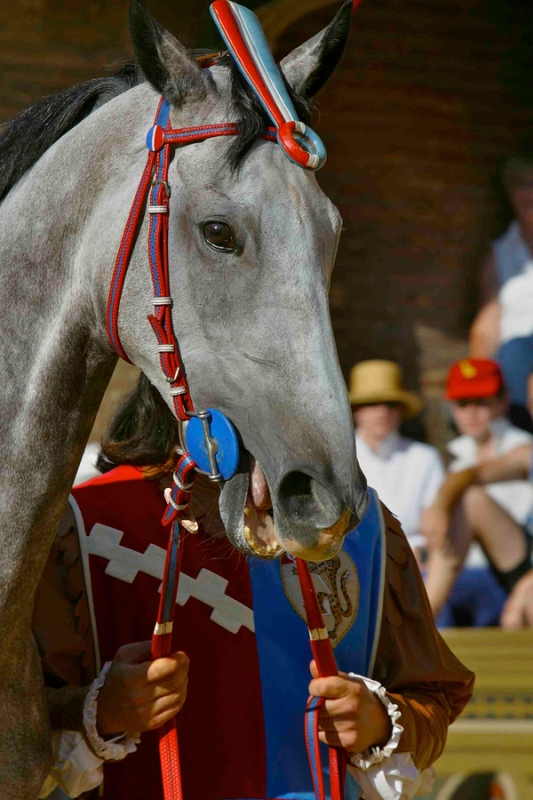 Palio di Siena – With a history dating back to the 1300s and its first “modern” edition being held in 1656, the Palio di Siena is one of the oldest traditions in Italy. This medieval horse race is held twice every year — on July 2 and August 16 — and is participated upon by 10 horses and their riders. They represent 10 of the 17 contrade of the city, which are city wards that were originally set up in the Middle Ages to serve administrative and military functions. The jockeys wear their contrade’s official colors and circle around the shell-shaped Piazza del Campo. The rivalry between the participants are always very intense, and the race itself can be very dangerous because of the difficult bends in the race route around the piazza.
Palio di Siena – With a history dating back to the 1300s and its first “modern” edition being held in 1656, the Palio di Siena is one of the oldest traditions in Italy. This medieval horse race is held twice every year — on July 2 and August 16 — and is participated upon by 10 horses and their riders. They represent 10 of the 17 contrade of the city, which are city wards that were originally set up in the Middle Ages to serve administrative and military functions. The jockeys wear their contrade’s official colors and circle around the shell-shaped Piazza del Campo. The rivalry between the participants are always very intense, and the race itself can be very dangerous because of the difficult bends in the race route around the piazza.
San Ranieri Luminara and Regatta – On the evening of June 16 each year, the eve of the feast day of Pisa’s patron saint, the buildings along the Arno River are lit up with candles. The tradition goes back to the year 1688, when Cosimo III of the Medici family welcomed the remains of Saint Ranieri into the city by replacing his urn with a more lavish reliquary. Today, the windows, balconies, and decorative moldings of buildings along the river are fitted with wooden frames upon which tens of thousands of candles are placed. Candles are also left to float on the river. The following day, on the saint’s feast day itself, a regatta is held on the Arno. Four teams of boaters representing the city’s four quarters race against each other, paddling against the current along a 1.5-kilometer stretch of the river.
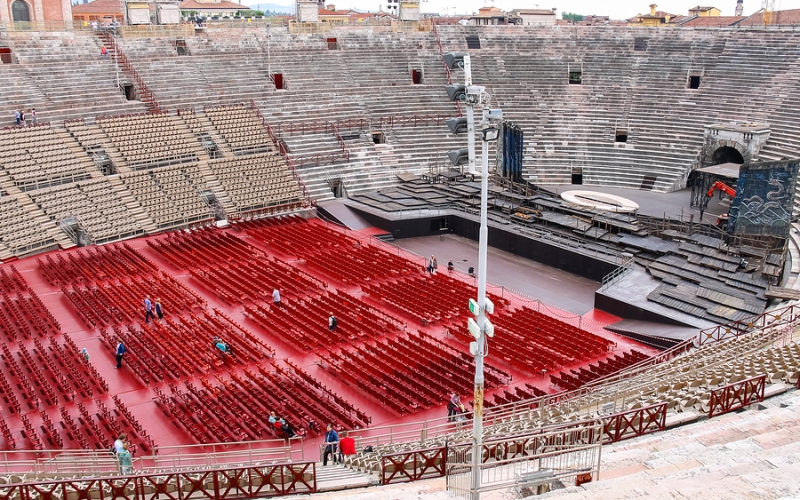
The Verona Opera Season – Every year in summer, the Arena di Verona hosts the Verona Opera Festival. This 1st-century ancient Roman amphitheater was built in 30 AD and serves as a wonderful venue for the opera season in Verona, which takes place from June to August each year. The amphitheater was originally used for the ludi or the gladiatorial games, but it was later restored in the 20th century. The first opera it hosted was a performance of Giuseppe Verdi’s Aida in 1913.
Festa de Noantri – Lastly, also don’t miss out on one of the most famous religious festivals in Rome, the Festa de Noantri. This Roman Catholic festival goes back to the year 1535, when, it is said, a statue of the Virgin Mary was retrieved from the Trastevere side of the Tiber River. Every year in July, a 19th-century replica of this miraculous statue is paraded around the Trastevere neighborhood. The original statue is displayed in the Sant’Agata church, too precious to be paraded anout. The grand procession’s highlight is when the Madonna is carried on a boat along the Tiber, from Ponte Sant’Angelo to Ponte Garibaldi, before being placed in the San Crisogono church, where she will remain for the duration of the eight-day festival.
